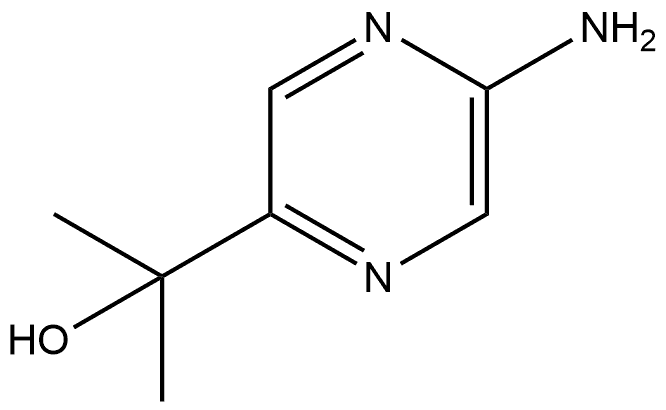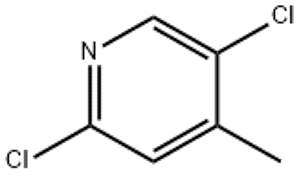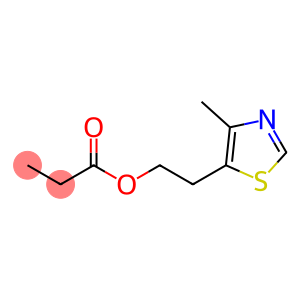4-Trifluoromethoxyphenol(CAS# 828-27-3)
| Risk Codes | R20/21/22 – Harmful by inhalation, in contact with skin and if swallowed. R36/37/38 – Irritating to eyes, respiratory system and skin. |
| Safety Description | S26 – In case of contact with eyes, rinse immediately with plenty of water and seek medical advice. S27 – Take off immediately all contaminated clothing. S36/37/39 – Wear suitable protective clothing, gloves and eye/face protection. |
| UN IDs | 2927 |
| WGK Germany | 2 |
| HS Code | 29095090 |
| Hazard Note | Irritant |
| Hazard Class | 6.1 |
| Packing Group | III |
Introduction
Trifluoromethoxyphenol. The following is an introduction to its nature, use, preparation method and safety information:
Quality:
Appearance: Trifluoromethoxyphenol is a colorless to pale yellow solid.
Solubility: It is soluble in organic solvents such as ethanol, dimethylformamide, and methylene chloride, but has low solubility in water.
Acidity and alkalinity: Trifluoromethoxyphenol is a weak acid that can neutralize with alkalis.
Use:
Chemical synthesis: trifluoromethoxyphenol is often used in organic synthesis reactions and can be used as an important intermediate or reagent.
Method:
Trifluoromethoxyphenol can be obtained by reacting p-trifluoromethylphenol with methyl bromide. Trifluoromethoxyphenol can be obtained by dissolving trifluoromethylphenol in a dispersant and adding methyl bromide, and after the reaction, it undergoes an appropriate purification step.
Safety Information:
Trifluoromethoxyphenol is irritating and should be avoided in contact with the skin and eyes.
When using or preparing, care should be taken for protective measures, such as wearing protective gloves, safety goggles, and protective clothing.
When handling or storing, contact with substances such as oxidants, acids, and alkalis should be avoided to prevent dangerous reactions.
Please store trifluoromethoxyphenol properly, away from fire and high temperatures, to avoid its combustion or explosion.
If there is any discomfort or accident, please consult a professional in time and deal with it in accordance with the relevant safety operating procedures.








